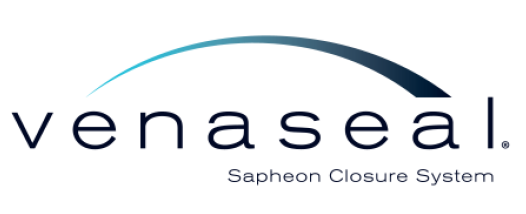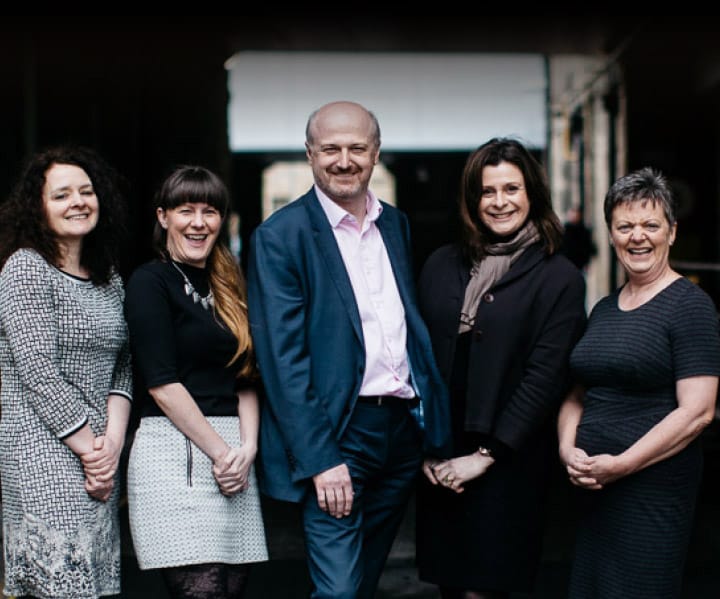Varicose Veins
Varicose veins are a very common problem which cause symptoms of aching and throbbing in the visible veins, or in the legs, and can lead to ankle swelling, dry skin, eczema, skin discolouration and in severe cases leg ulcers (open sores)
Latest vein treatments
Mark provides a range of modern, minimally invasive varicose vein treatments, and continues to develop the excellent service. The latest novel treatment is the recently developed VenaSeal ablation technique, which uses a specifically designed glue to close off the long or short saphenous veins, rather than heat treatment. This requires no compression bandaging afterwards, and enables patients to return to full activity immediately; a truly walk-in, walk-out treatment, and is available now for suitable patients.
Why do we get Varicose Veins
Varicose veins are caused by high pressure in the vein system, which usually results from leaking venous valves causing abnormal backward flow (reflux) in the veins; this is termed “superficial venous reflux disease” as it affects the veins which lie just under the skin, rather than the deep veins. The valves affected are in either the long or short saphenous veins, but the visible tortuous varicose veins are usually the branches or tributaries connected to these systems. These veins are also linked to development of unsightly veins in the skin itself, which are often known as “thread veins”, “spider veins”, “telangiectasia”, “venous stars” or “flare veins”. These small veins can however bleed profusely when caught or traumatised.
How do we treat varicose veins
Assessment of the varicose veins usually involves ultrasound scanning to determine which systems and veins show leaking valves and reverse blood flow (reflux). Treatments are then directed at these leaking vein systems to either reduce pressure by closing or blocking the veins (ablation), or by surgically removing the veins.
Modern ablation treatments use “Endovenous thermal ablation” (heat) within the long or short saphenous veins to close them. The two common heat methods used are either Radiofrequency or Laser techniques. The tortuous branch veins are treated by either simple removal of these smaller varicose veins (micro-phlebectomies) or injection treatments ("Foam sclerotherapy"). Very small cosmetic skin veins can be treated with micro-sclerotherapy injections.
All of these treatments can be performed under local anaesthetic, as outpatient or day case procedures, and enable patients to remain mobile, return to work and activities early, and minimise pain, scars and risks.
Mark Tomlinson introduced "Radiofrequency Ablation" in North Lancashire & South Cumbria in 2008, has treated many patients very successfully, and trained several surgeons in the technique. The technique has subsequently become the recommended first-line treatment by NICE (National Institute for Clinical Excellence), superseding operative surgical vein stripping.






